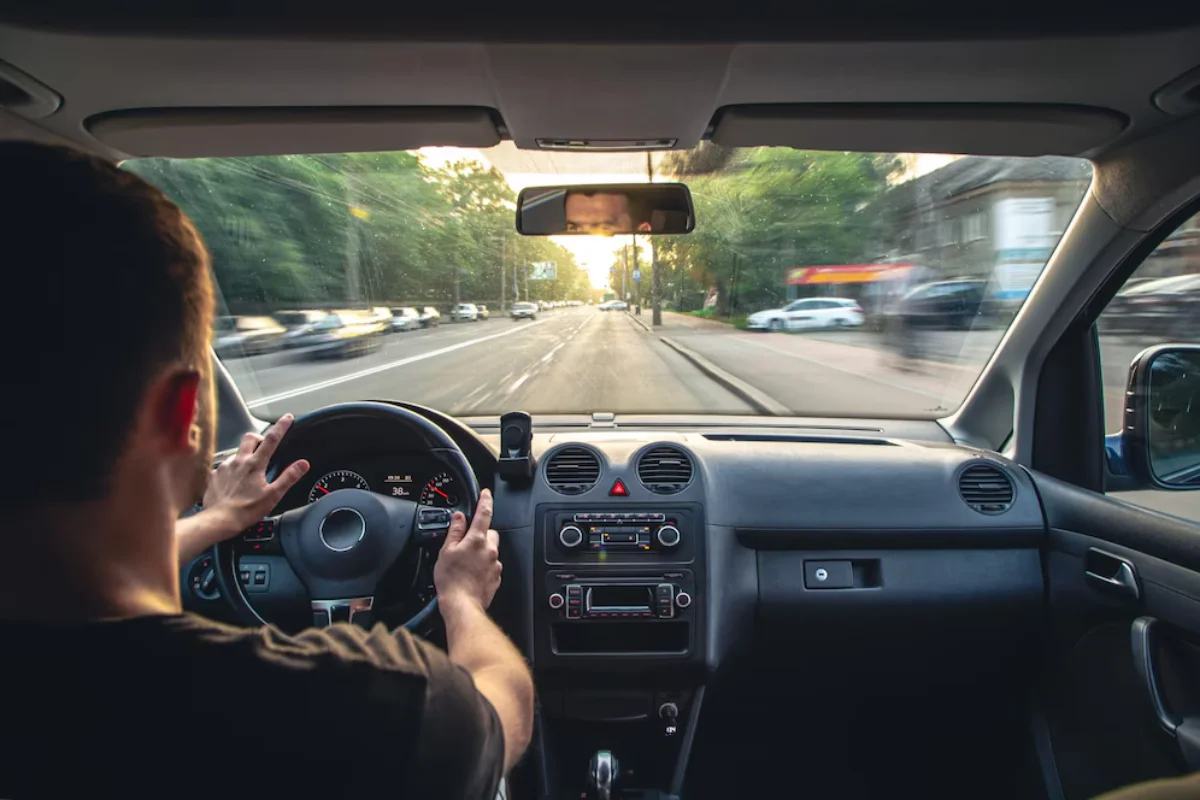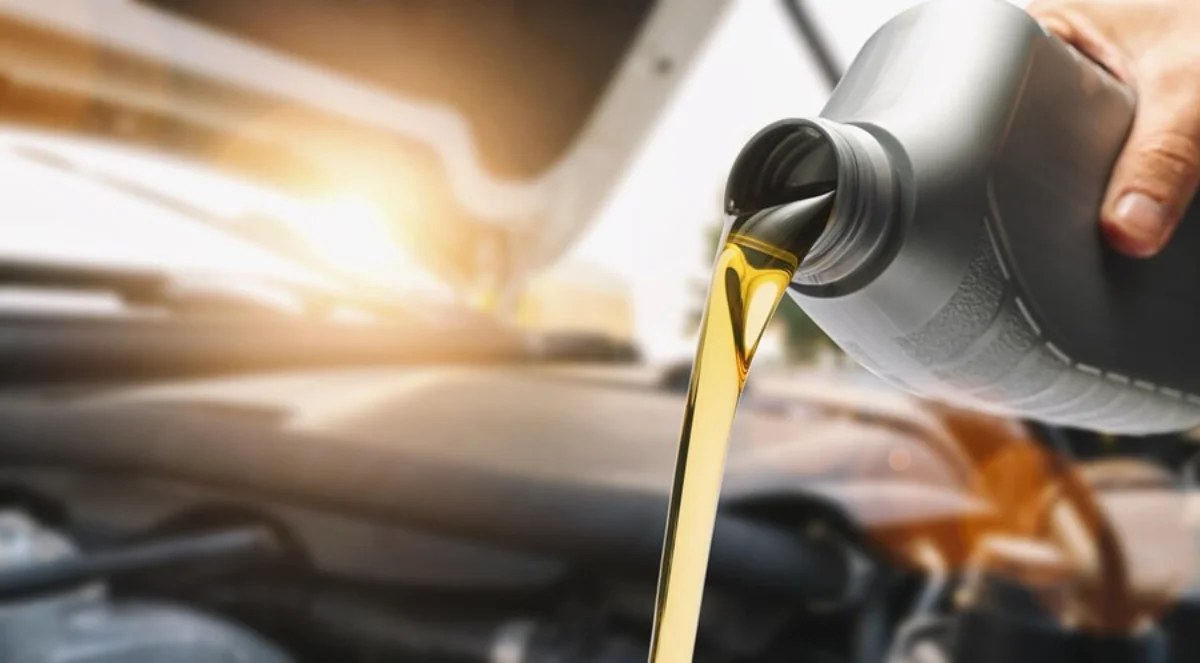
How to Improve Your Car’s Fuel Efficiency
With gas prices climbing, improving your car’s fuel efficiency is more crucial than ever. Improving fuel economy saves money at the pump, of course, reduces your carbon footprint , and extends the life of your vehicle. You don’t need to purchase a hybrid or electric vehicle to save on fuel. You can increase your car’s mileage significantly by following some simple driving and maintenance habits.
This guide explores the best fuel economy tips and proven techniques for improving car mileage. These strategies will help you maximise every litre of fuel. You can adjust your driving habits and stay on top of routine maintenance.
1. Drive Smoothly and Avoid Aggressive Driving

One of the simplest ways to save fuel is to adopt a smoother driving style. Rapid acceleration, hard braking, and high-speed driving can all decrease fuel efficiency by up to 30% on motorways and 40% in city driving.
Best Driving Techniques to Save Fuel:
- Accelerate gradually – Press the accelerator gently rather than flooring it.
- Maintain a steady speed – Use cruise control on long trips to keep a consistent speed.
- Coast to a stop – Instead of braking suddenly, ease off the accelerator and let the car slow down naturally.
- Avoid idling – Turn off the engine if you expect to be stopped for over a minute.
Driving more smoothly will reduce fuel consumption and wear on your engine, saving money on fuel and repairs.
Quick Guide
Fuel-Saving Tips at a Glance
- Drive smoothly—no harsh acceleration or braking.
- Keep tyres properly inflated and aligned.
- Lighten your load—ditch the roof rack and clear the boot.
- Use the right oil and keep your engine in top shape.
- Combine short trips and avoid rush hour traffic.
- Use Eco Mode—and avoid premium fuel unless necessary.
Pro Tip
Smooth driving is one of the most effective and free ways to save fuel. Gradual acceleration and coasting to stops not only increase mileage but also reduce wear on your brakes and engine. It’s a win-win.
Important
Regular maintenance isn’t just about reliability—it directly impacts your fuel economy. A clean air filter, fresh spark plugs, and correct tyre pressure could easily save you hundreds over the course of a year.
2. Maintain Proper Tyre Pressure

Underinflated tyres lead to more rolling resistance, which makes your engine work harder and burn more fuel. Properly inflated tyres can improve fuel efficiency by up to 3%.
How to Check and Maintain Tyre Pressure:
- Check the recommended tyre pressure in your car’s owner’s manual or the driver’s side door panel.
- Use a tyre pressure gauge to measure the current pressure.
- Inflate or deflate tyres as needed to match the recommended pressure.
- Check tyre pressure at least once a month and before long trips.
Properly inflated tyres also improve handling and increase tyre lifespan, giving you more value over time.
3. Reduce Excess Weight and Drag
Carrying unnecessary weight or creating extra drag increases fuel consumption. Every additional 50 kg of weight can reduce fuel efficiency by up to 2%.
How to Reduce Weight and Drag:
- Remove roof racks and cargo boxes when not used — they create aerodynamic drag.
- Clear out the boot of heavy items you don’t need.
- Keep windows closed at high speeds. Opening windows creates drag and increases fuel use.
- Avoid carrying fuel containers unless necessary. Fuel adds weight and increases consumption.
You can significantly improve your mileage by streamlining your car and lightening the load.
4. Use the Right Engine Oil

Using the wrong type of engine oil can increase friction and reduce fuel efficiency. Modern engines are designed to work with specific oil formulations to minimise resistance and improve performance.
How to Choose the Best Engine Oil:
- Check the manufacturer’s recommendation in your car’s manual.
- Use synthetic or semi-synthetic oils with low viscosity for better fuel efficiency.
- Look for oils marked “Energy Conserving” or “Resource Conserving.”
- Change the oil regularly to keep the engine running smoothly.
Using the right oil can improve fuel economy by up to 2% — a small change that adds up over time.
5. Keep Your Engine Tuned
A poorly maintained engine can reduce fuel efficiency by up to 20%. Simple maintenance tasks like replacing spark plugs, cleaning the air filter, and checking the fuel system can keep your engine running efficiently.
Key Maintenance Tasks for Better Fuel Efficiency:
- Replace spark plugs – Worn-out spark plugs cause misfiring and increased fuel consumption.
- Clean or replace air filters – Dirty air filters restrict airflow and reduce engine efficiency.
- Check the fuel injectors – Clogged injectors can reduce fuel flow and cause poor combustion.
- Inspect the oxygen sensor – A faulty sensor can increase fuel consumption by up to 40%.
Regular engine maintenance ensures your car burns fuel more efficiently, saving you money in the long run.
6. Optimise Air Conditioning and Heating Use
Running the air conditioning or heater puts extra strain on the engine, which can increase fuel consumption by up to 10% in city driving.
How to Reduce AC and Heater Impact:
- Use the fan setting instead of the AC when possible.
- Open windows at low speeds to cool the car naturally.
- Park in the shade or use a sunshade to reduce heat buildup.
- Avoid pre-heating or pre-cooling your vehicle excessively.
Reducing reliance on climate control systems will help you save fuel without sacrificing comfort.
7. Plan Your Trips Efficiently
Short trips and stop-and-go traffic increase fuel use because the engine can’t warm up to its best temperature. Planning your trips to combine errands or avoid traffic can improve fuel efficiency.
Tips for Trip Planning:
- Combine errands into one trip to reduce cold starts.
- Use navigation apps to find the fastest and least congested route.
- Avoid rush hour and stop-and-go traffic when possible.
- Warm up the car by driving rather than idling.
Efficient trip planning reduces fuel use and extends the life of your engine.
8. Avoid Premium Fuel Unless Required
Many drivers think premium fuel boosts performance and efficiency. However, most cars are made to run on regular unleaded petrol. Using premium fuel when it’s not required offers no additional benefits and increases fuel costs.
When to Use Premium Fuel:
- If your car’s manual recommends it for high-performance engines.
- If the engine has a turbocharger or supercharger.
- If you notice knocking or pinging with regular fuel.
Choosing the right fuel grade helps your engine run better and saves money.
9. Keep Your Wheel Alignment and Suspension in Check
Misaligned wheels and worn suspension components increase rolling resistance and reduce fuel efficiency. Proper alignment helps tyres roll straight. This reduces friction and boosts fuel economy.
Signs of Misalignment:
- Steering wheel vibration
- Car pulling to one side
- Uneven tyre wear
How to Fix It:
- Have the wheel alignment checked every 10,000 miles or when you notice pulling.
- Inspect suspension components for wear and replace them as needed.
10. Use Fuel-Efficient Driving Modes
Many modern cars have fuel-saving driving modes, such as Eco Mode or Efficiency Mode. These settings adjust throttle response, transmission shifts, and air conditioning to maximise fuel efficiency.
How to Use Driving Modes Effectively:
- Engage in Eco Mode during city driving and stop-and-go traffic.
- Use Sport Mode only when needed for quick acceleration or overtaking.
- Avoid using Eco Mode in slippery conditions, as it may reduce traction.
Using the right driving mode for the conditions can save fuel and improve overall driving comfort.
Top 5 FAQs
1. Does using air conditioning really use more fuel?
Yes—especially in city driving. Try using the fan or opening windows at lower speeds. But at high speeds, A/C is actually more efficient than the drag caused by open windows.
2. How often should I check my tyre pressure?
At least once a month and before any long journey. Even slightly underinflated tyres can increase fuel use and wear out faster.
3. Is it worth using premium fuel?
Only if your car requires it. For most vehicles, regular unleaded petrol delivers the same performance—premium fuel just adds to your costs without any benefit.
4. What’s the best way to warm up my car in winter?
Drive gently rather than letting it idle. Modern engines warm up more efficiently when moving, which also saves fuel.
5. Do roof boxes really affect fuel efficiency?
Absolutely. They create aerodynamic drag that increases fuel consumption, especially at motorway speeds. Remove them when not in use.
Drive Smarter: Tips to Boost Your Car’s Fuel Efficiency!
You don’t need to make big, expensive upgrades or radical changes to your car to improve its fuel economy. Smart driving, vehicle maintenance, and cutting back on unnecessary weight and drag can help improve your mileage and save fuel.
Using these best fuel economy tips will assist you in maintaining the road ahead and your car operating its best. Want tips on car maintenance and driving efficiency? Sign up for the newsletter or leave a comment below — we want to hear from you


